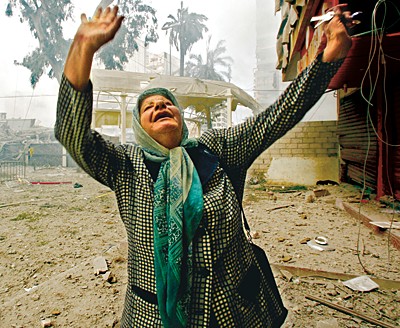(no subject)
Journal Entry #5
In photojournalism, when is it appropriate to use PhotoShop? When is it not appropriate? Does altering the photograph mean altering the truth?


Far away this looks like a legitimate picture, but up-close you can see the low-resolution quality, thus justifies the alteration of the image.
Photojournalism is a way to tell news through photo because people perceive that photos say a thousand words, and photos never lie. This means pictures taken and shown are exactly how they were when they taken. By altering photos like deleting things such as painting over of blurring parts of the picture, or adding things using the clone or copy and past procedure it defeats the purpose to truth. Pictures are suppose to word the image, by looking at a picture it is suppose to tell you the story exactly the way it happened. But by using programs such as Adobe Photoshop to alter parts of the picture it loses its meaning and the stories sincerity.
Although altering pictures is bending the truth, sometimes it can be used to see the truth clearly. There is a right time and a right way to modify pictures. By modifying pictures by brightening it or overlaying it, viewers will be able to see the picture more clearly. You can also change the image size to make it bigger so the viewers see every detail, even if it’s the smallest thing. I think the only way a person should modify a picture is if the picture is not that clear or if they want the picture to fit the mood like changing it to black and white.
To use Adobe Photoshop to alter pictures to try to hide the truth, that’s called a fraud. It makes people believe that is what truly happened, and because you have a photograph they immediately think that the picture validates the story. They perceive the story in a totally different way. Like you can alter words to exaggerate or to understate the truth, modifying photos can also exaggerate or understate the truth of the truth each picture holds.